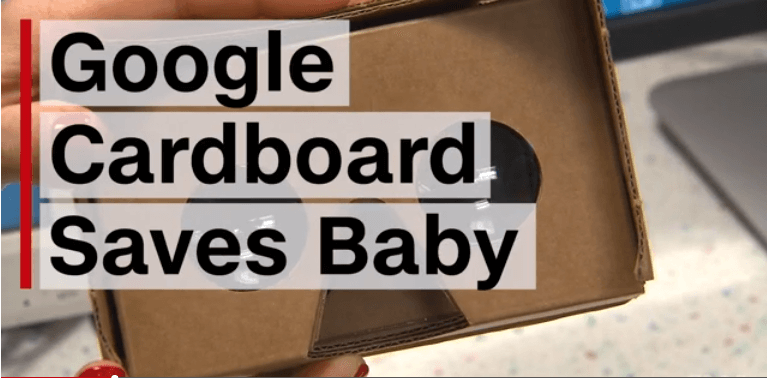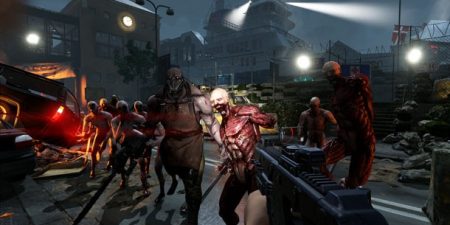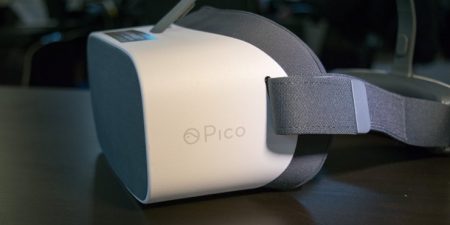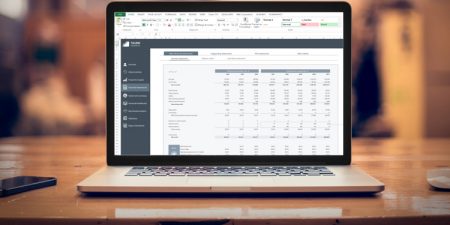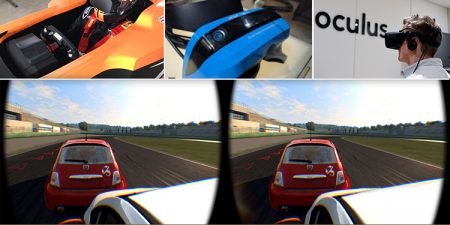The story of Baby Teegan Lexcen, born in August 2015 is terrifying for every parent as Teegan was born with one lung and half a heart. After many discussions with expert surgeons and doctors Teegan’s parents, Cassidy and Chad were told that Teegan would not survive to see the initial years of her life and advised them to take their daughter home to let her die in peace. However, after seeing Teegan survive for two months at home, Teegan’s parents decided not to give up hope and fight for Teegan’s future. That’s when Cassidy and Chad took baby Teegan to Nicklaus Children’s Hospital where the Good and pioneering Doctor Redmond Burke carefully studied images of Teegan’s heart and assured them of his assistance in the case.
However, time was running out for the baby and the condition of her heart demanded an extreme and critical surgery. A meeting of all reputed and experienced surgeons was called during which Baby Teegan’s unusual case was discussed. The meeting concluded with a decision that a penetrative heart surgery would be performed on Teegan. But seeing Teegan’s tender age and health a new way had to be found to reach her heart.

Therefore, Dr. Burke called for help from 3D virtual reality technology to look at the heart from various angles for a defined surgery plan. After a detailed discussion with Dr. David Ezon from the University of Pittsburgh, Virtual reality was decided upon to be tried. Google’s Virtual Reality Cardboard which is already in the market was the ultimate device to plan the major surgery.

Google cardboard works on the principle of virtual reality which recreates a computer simulated environment for the user to experience a virtual world of graphics. The images can be viewed in 3D from different angles and can be manipulated using the controls. That’s how Google Cardboard enabled the good doctor to crucially view that Teegan’s heart missed a left ventricle and the right ventricle which was weak and underdeveloped did all the work of pumping and supplying blood to the baby’s body. With the help of Virtual Reality and Google cardboard, Dr. Burke found out how the ventricle could be rerouted to take care of the extra work.
Also, in a conventional heart surgery, the surgeons reach the heart through the chest but seeing Teegan’s weak condition and age the doctors decided another way through to the heart which increased the success rate of the surgery manifold.

After careful assessment and many plans, doctors performed the surgery on Teegan which was a brilliant success and an amazing example of how technology can in so many ways prove to be fruitful for mankind if used for goodwill. Baby Teegan is now healthy and recovering quickly. She was also removed from the ventilator to let her breathe manually and the parents are clearly blown away by the miracles of Virtual Reality and are immensely happy and thankful for their daughter’s renewed life.

“It was mind-blowing,” said Cassidy Lexcen, the baby’s mother in an interview. “To see this little cardboard box and a phone and to think this is what saved our daughter’s life.”

